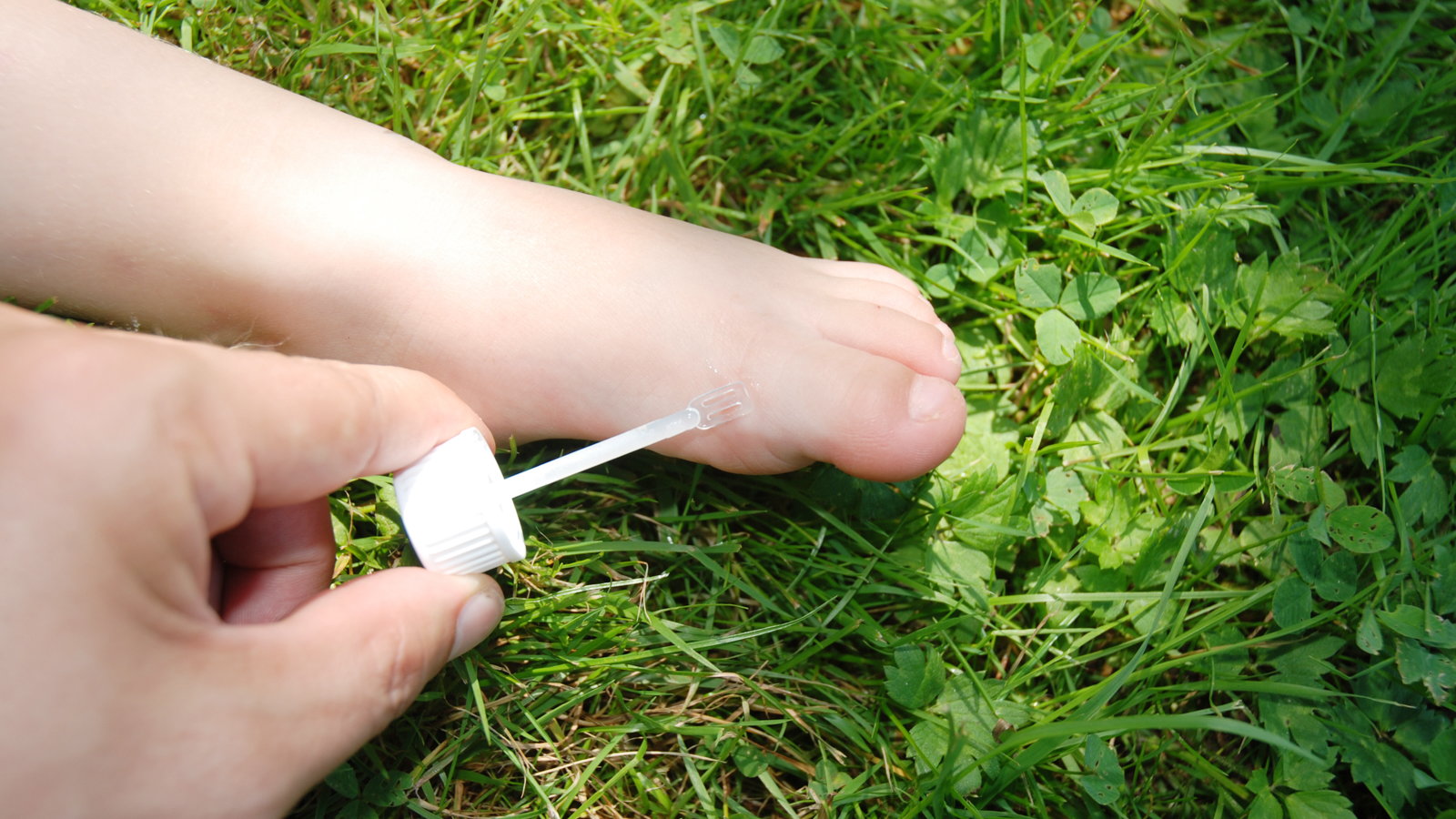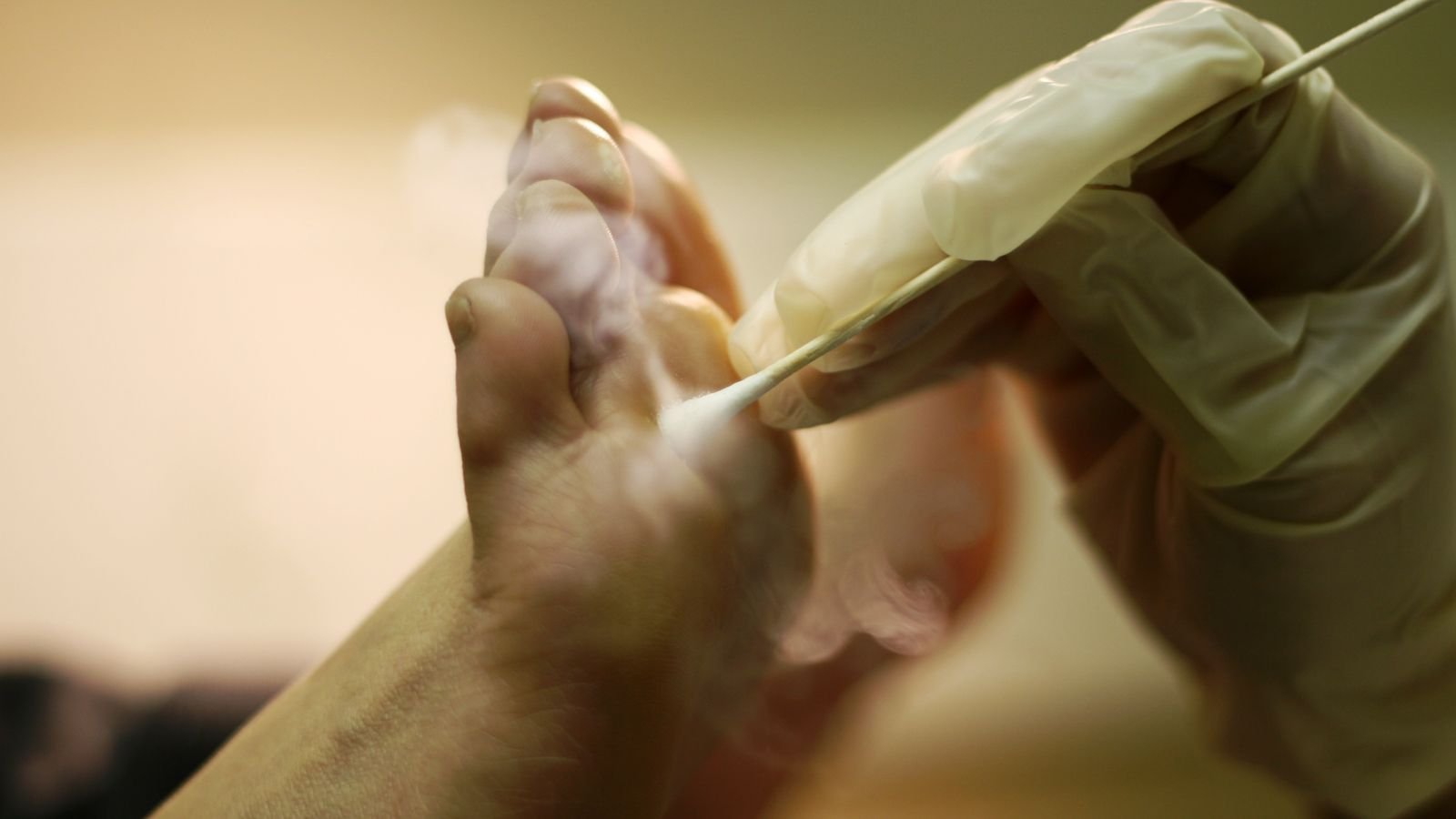
If you haven’t personally experienced warts, chances are good that you know someone who has. Warts are very common and extremely contagious. Although they are mostly nothing more than an annoyance, they generally cause little to no pain and are virtually harmless.
There are dozens of old wives tales, rumors, folklore and myths that surround warts. The stories even include “exotic” remedies to cure them.
Have you stayed away from that friendly frog in fear of getting a wart? Have no fear-you can touch, handle, and even kiss a frog in attempts to find your prince-warts do not come from frogs.
Warts develop on the skin when you’ve come in contact with a person or a surface that has warts or is carrying the virus. What virus causes warts? The Human Papilloma Virus.
Understanding Warts
After exposure to the virus, it can take weeks, even months for the wart(s) to appear.
Another common myth is that warts have roots. Warts do not have roots! If you have warts, or you’ve been asking around for a remedy, you’ve probably been told that unless you remove all of the roots, the wart will remain. Once you understand how the virus reacts on your skin, you’ll understand why this is not so.
The strain (there are many) of HPV that causes your wart has double-stranded DNA. You have three layers of skin. The very top layer, the epidermis, is where the wart develops and grows. The virus, no matter how large, will never enter your dermis or subcutaneous fat layer of skin. The virus grows just like your skin, only at a more frequent rate. The other difference between the wart and your skin is that it grows in a cylinder fashion. With the rapid development and cylinder shape, the wart is tightly compacted together. This is where people get the idea of ‘roots’.
Just as there are many different strains of HPV that cause warts, there are many different types of warts.
The most common wart, eloquently named ‘The Common Wart,’ is usually spotted on the hands, elbows, and knees. These warts generally have the appearance of thickened bumps with tiny black dots in them. The black dots are actually tiny blood vessels that were ‘feeding’ the wart and have since clotted.

Plantar warts are ‘annoying’ warts you’ll find on your feet. These can be painful, especially if they are located on areas in which you stand on them. They too generally have tiny black dots and are sometimes mistaken for corns and calluses.
Flat warts are flat, smooth-looking warts. These warts are usually found on the face. These warts are easily spread while shaving.
Genital warts are in a class of their own. These are spread by sexual contact and are classified as a sexually transmitted disease. The HPV strains that cause other types of warts are different than the strains that cause genital warts. You can not use treatments or over the counter remedies on these warts. Your only option is to contact your doctor.
It’s important to remember that warts are a virus-just as antibiotics do no work on other viruses, they will not work on warts.
Treatment of Warts
It’s also important to know that most warts improve and go away on their own without treatment. Not only are they annoying, depending on their location, but they can also be quite embarrassing. This is the typical motivation for removal.
The most common attempt performed to remove both the common wart and plantar wart on your feet is the use of over the counter acid treatments. The main ingredient in these is Salicylic acid. Drops are applied to the wart after a shower or five-minute soak, left to dry and then either covered with a band-aid or other device. The treated wart can even be left open to air. This therapy requires the application of the drops at least twice a day and can last 12 weeks. If you’re planning on using this treatment, it is important to only apply the medication to the wart as the chemicals will severely irritate the healthy skin.
Another available treatment is freezing the wart. Kits are available at the drugstore for in-home use. Liquid nitrogen is applied directly to the wart, one time a week for as much as one month. It is recommended that if you are not completely sure it is a wart, or if there is no improvement to the wart after a month of treatment, the area should be examined by your doctor.
Doctors can also freeze warts in the office. This treatment is generally only required once or twice. If no improvement is found from this, your doctor can also perform a ‘slice and burn.’ A slice and burn is a non-technical term for a wart being cut out with a laser and then cauterized or burned. Most doctors do not like using this method because the chances of scarring are great.
Many people have had satisfactory results from using duct tape. There are no official directions for this. Generally, a piece is applied, kept on for a constant week, removed, washed, buffed lightly with an emery board, and then another piece is applied for another week. This treatment is believed to be effective due to prohibiting oxygen to the wart. A reaction seems to occur between the wart and the duct tape.

Another remedy circulating around the internet is the use of vinegar. It is indicated that you saturate a band-aid or cotton ball with vinegar and then apply it directly to the wart. This should be repeated daily until the wart is gone. The principle behind this treatment is similar to the over the counter treatments, but is more cost effective. It also might be difficult to mask the smell of the vinegar and the look of a bulky taped cotton ball.
Others have even resorted to hypnotherapy to rid themselves of warts.
Many doctors believe that warts resolve on their own due to good immune system response. It is unknown just how effective any treatments are at removing warts. Is it the actual treatments making them improve or is it the body’s immune system realizing that the wart does not belong?
Whatever remedy you try, whether it be an over the counter or non-traditional, use your best judgment. There are many, many remedies floating around the internet that can cause permanent injury. Some suggest cutting, plucking, and even burning your wart to remove it. If your wart bothers you, or you’re not sure that it is even a wart, don’t hesitate to contact your doctor.
© Rebecca Pillar 2007
